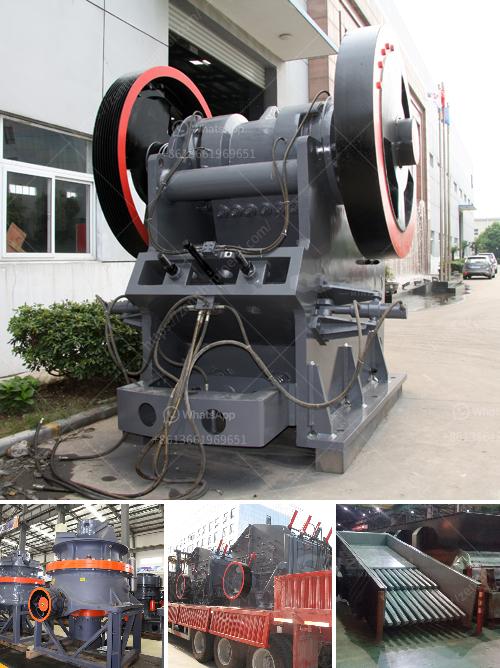Designing a crushing plant involves several considerations to ensure optimal efficiency and operational effectiveness. Here are key steps and factors to consider:
1. Define Objectives and Requirements:
- Purpose: Determine whether the plant is for mining, quarrying, recycling, or another application.
- Capacity: Establish the required throughput (tons per hour).
- Final Products: Decide on the desired size and type of products.
2. Site Selection and Layout:
- Location: Choose a site with adequate space and assess environmental impact.
- Layout: Design a plant layout that allows for efficient material flow, minimizes material handling, and provides adequate space for maintenance and possible future expansion.
3. Equipment Selection:
- Primary Crusher: Choose between jaw crusher, gyratory crusher, or impact crusher based on the nature of the material and required size reduction.
- Secondary and Tertiary Crushers: Select cone crushers, impact crushers, or hammer crushers depending on the material hardness and size requirements.
- Screens: Incorporate vibrating screens to classify the crushed material by size.
- Feeders: Ensure continuous and controlled material feed to the crushers.
- Conveyors: Design appropriate conveyor systems to move materials between stages efficiently.
4. Design Considerations:
- Material Characteristics: Understand the hardness, abrasiveness, moisture content, and feed size of the material.
- Energy Efficiency: Select energy-efficient equipment and optimize energy consumption across the plant.
- Maintenance and Accessibility: Plan for easy access to equipment for maintenance and repairs.
- Safety: Integrate safety features to protect workers, such as dust suppression systems and proper guarding.
- Environmental Impact: Incorporate measures for dust control, noise reduction, and waste management.
5. Process Flow Design:
- Primary Crushing: Involve the initial reduction of material size.
- Secondary and Tertiary Crushing: Further reduce the size, ensuring proper material break-down for market requirements.
- Screening and Classification: Ensure the final product meets required specifications for size and quality.
- Material Handling: Design efficient material transfer between different sections using conveyors and hoppers.
6. Automation and Control Systems:
- Automation: Implement computerized control systems to monitor and control the crusher operation.
- Monitoring Equipment: Use sensors and software to track performance, throughput, and detect any potential faults.
7. Legal and Regulatory Compliance:
- Ensure compliance with local regulations regarding environmental impact, safety standards, and operational permits.
8. Budgeting and Cost Management:
- Initial Investment: Account for the cost of equipment, site preparation, and construction.
- Operational Costs: Plan for ongoing costs such as maintenance, energy consumption, and labor.
9. Testing and Commissioning:
- Testing: Conduct thorough testing of all equipment to ensure it operates according to design specifications.
- Commissioning: Gradually bring the plant into full operation while monitoring performance and addressing any issues that arise.
10. Continuous Improvement:
- Collect data on performance.
- Evaluate and optimize the process regularly to improve efficiency and reduce costs.
By carefully considering these aspects, you can design a crushing plant that is efficient, safe, and tailored to meet specific production requirements.

